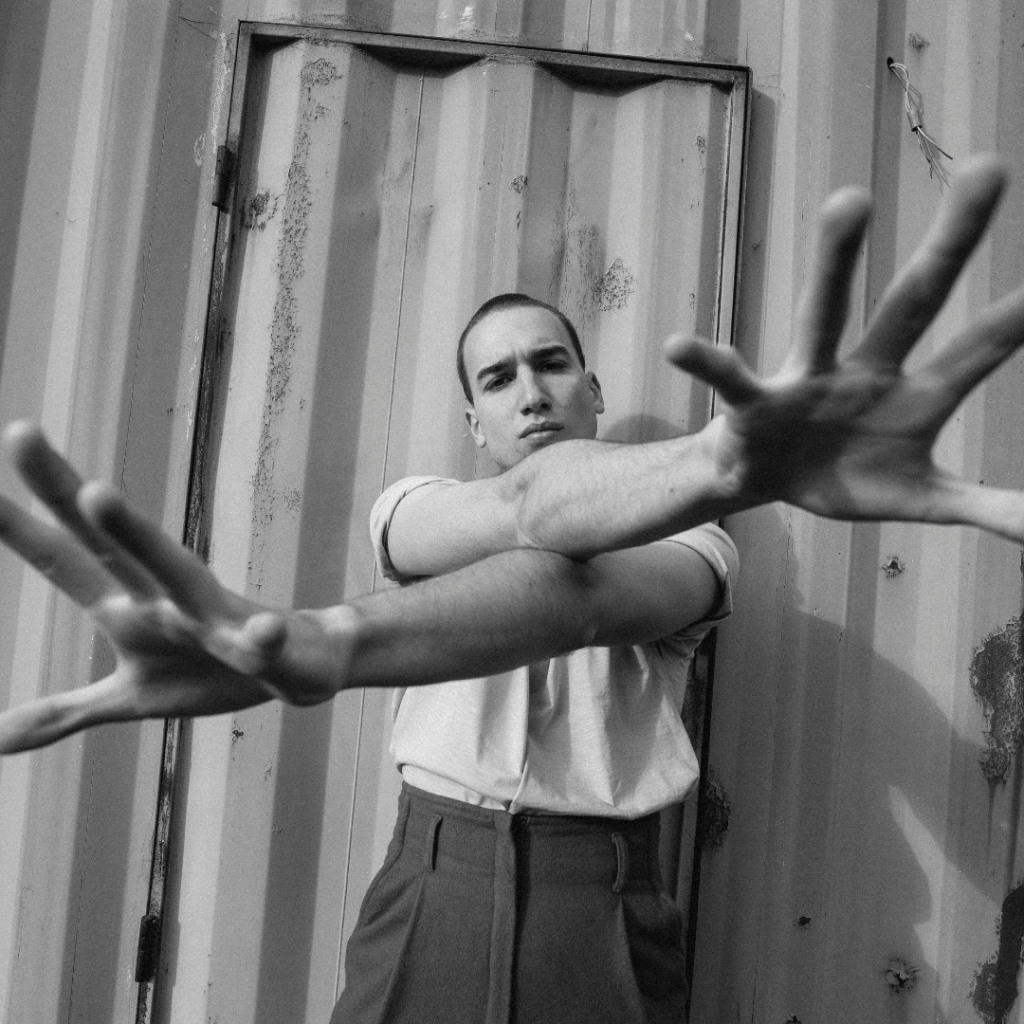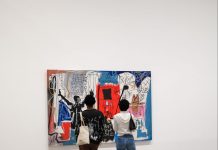
Have you ever witnessed a live art piece that didn’t quite fit neatly into one category of art? Perhaps it was at a museum, in a theatre, or even on the street! If so, you have come to the right article. What you might have experienced is performance art.
According to dictionary.com, performance art is “a collaborative art form originating in the 1970s as a fusion of several artistic media, as painting, film, video, music, drama, and dance, and deriving in part from the 1960s performance happenings.” Some well known performance artists of the 60s and 70s were, Allan Kaprow, Tehching Hsieh and Marina Abramović. These artists are from all over the globe and have paved the way for what performance art is today. They were daring, political, and unique in their views of the world and how that manifested in their work.
If you’re someone like me who often conflates theatre and performance art as the same thing, I want to share one distinct difference I’ve found. According to enotes.com “Theater and performance art often converge, one becoming the other and vice versa, but drama begins with the playwright and performance art begins with the visual artist.” Theatre is typically viewed by an audience all at once, while performance art can be viewed individually at different times. Not to mention, “the emphasis is more on the visual than on plot, character or language.”

Photo by Daria Shevtsova
Though performance art grew in popularity around the 1960s and 1970s, it actually originated from earlier in the 20th century. It was around this time that avant-garde artists experimented with using painting or even sculpture, as writer Shelley Esaak talks about in their article Performance Art. In addition, experimental theatre, also known as radical theatre, was quite popular. To connect the dots here, performance art sprouted from the avante-garde era, and experimental forms of expression and creation.
A more recent example of performance art is presented by Jamaican-Canadian performance artist Camille Turner. Her work digs into research about the slave trade in Canadian history. From 2016-2019, she had an ongoing exhibit called, Afronautic Research Lab, which originated in Newfoundland and then travelled across Canada. Guests were invited to read old news prints about the slave trade, and the guides who were part of the exhibit were dressed in white futuristic attire (including turbans and boots). These guides were called Afronauts. Camille is an artist who tackles issues in her art such as “race, space, home, and belonging” and you can read more about her work on her website, camilleturner.com.
Performance art is fascinating, isn’t it? As we can see, it’s been around for quite sometime – with it’s creative/accessible form and ties to politics, humanity, and radicalism, I don’t think it’s going anywhere anytime soon. I for one am grateful for this artistic medium, and the way it shifts our perspectives on our society. Comment below and tell us about performance artists or art pieces you admire!











